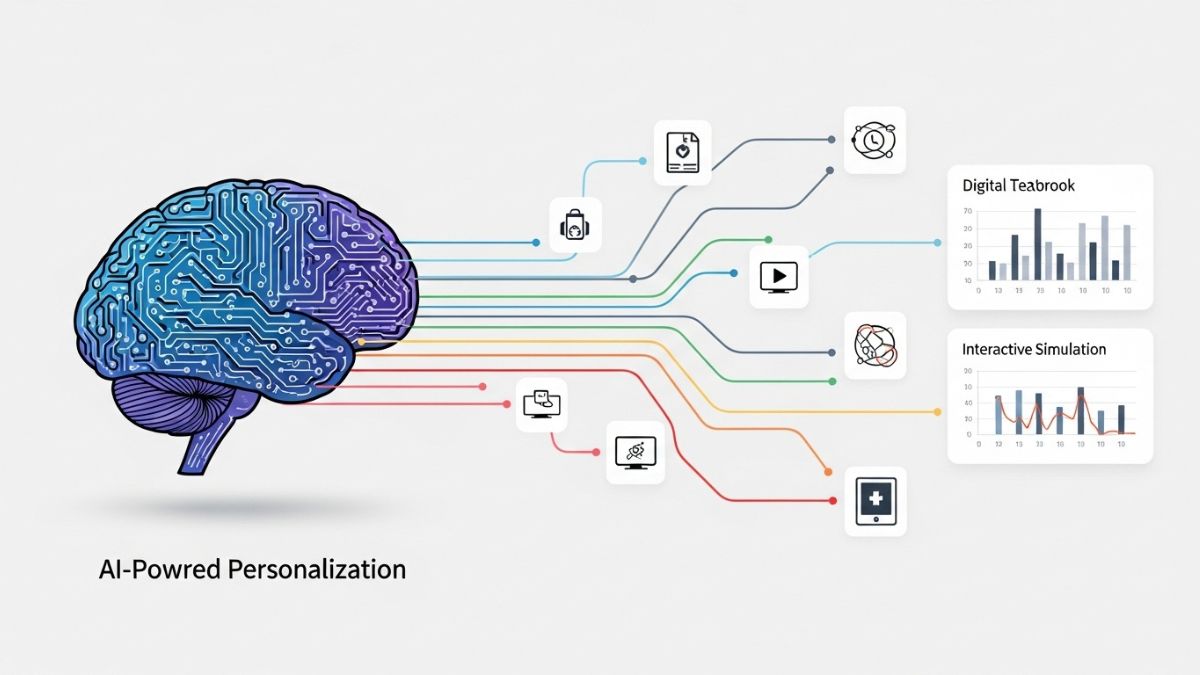Innovation in education is no longer a luxury—it’s a necessity. As the demands of modern learners evolve and educational institutions strive to offer equitable, effective, and future-ready learning environments, innovation becomes a central driver of school success. From embracing new pedagogical models to leveraging cutting-edge digital technologies, the way schools approach teaching and assessment is being reshaped in fundamental ways.
Understanding Innovation in Education
Innovation in education encompasses more than just introducing new gadgets or digital tools into the classroom. It refers to the application of new ideas, methods, or technologies to improve learning outcomes, teaching practices, and administrative processes. This can take many forms, from personalised learning frameworks and gamified content to data-informed teaching and adaptive assessments.
Crucially, educational innovation is not about change for its own sake. Instead, it is purpose-driven, aiming to solve persistent challenges—such as disengagement, inequality, or inefficiencies—through scalable and sustainable improvements.
The Link Between Innovation and School Performance
Schools that adopt innovative practices tend to exhibit stronger performance across several key indicators, including student achievement, teacher satisfaction, and operational efficiency. This is largely because innovation allows schools to respond more effectively to the diverse needs of their learners and the demands of a rapidly changing world.
For example, formative assessment technologies allow educators to track student progress in real time, enabling timely interventions and more personalised learning. Likewise, cloud-based learning management systems (LMS) facilitate seamless communication between teachers, students, and parents, fostering a more collaborative learning environment.
Additionally, innovative schools often attract and retain talented staff who are excited by dynamic teaching environments and professional growth opportunities. Teachers empowered by flexible tools and pedagogies are more likely to stay engaged and committed.
Technology as an Enabler of Innovation
Modern technology serves as a critical enabler of innovation in schools. Through the integration of AI-driven analytics, automated marking, and remote proctoring, educational institutions can now offer assessments that are not only more accessible but also more robust and secure.
These innovations support inclusivity, allowing students from a range of backgrounds and learning profiles to engage on more equal footing. For schools operating across geographies or with limited physical resources, technology bridges the gap, delivering high-quality learning and testing experiences regardless of location.
Moreover, technology enhances transparency and accountability. Real-time dashboards, data reports, and audit trails provide educators and administrators with deeper insights into learner performance and institutional outcomes—essential for continuous improvement.
Rethinking Assessment for a Modern Age
One of the most significant areas where innovation is transforming education is in assessment. Traditional, paper-based testing methods are increasingly being replaced by digital solutions that offer greater flexibility, scalability, and reliability.
Digital assessments can be adaptive, changing in difficulty based on student responses, which allows for more accurate measurement of skills and knowledge. They can also incorporate multimedia elements—such as video or simulations—that make the assessment experience more engaging and reflective of real-world contexts.
Furthermore, by using an enterprise level platform, educational institutions can centralise and streamline the entire assessment lifecycle—from test creation and delivery to marking and reporting—on a secure, scalable, and compliant infrastructure.
Overcoming Challenges to Drive Innovation
Despite the clear benefits, innovation in education doesn’t come without its challenges. Schools may face constraints related to budget, infrastructure, digital literacy, or resistance to change. Successfully navigating these obstacles requires strong leadership, strategic planning, and stakeholder engagement.
Professional development is key. Teachers and administrators need not only technical training but also opportunities to explore pedagogical innovation in collaborative and supportive environments. Equally, involving students and parents in the change process can help build a shared vision and culture of innovation.
Partnerships with edtech providers, academic researchers, and policy makers also play a critical role in fostering innovation. These collaborations can help schools access the expertise and resources they need to implement meaningful and sustained changes.
Looking Ahead
The role of innovation in shaping school success will only become more pronounced in the years ahead. As new challenges emerge—from the impacts of climate change on education to the growing importance of digital literacy and 21st-century skills—schools must continue to evolve.
By embedding innovation into the fabric of their teaching, learning, and assessment practices, educational institutions can better prepare students for an unpredictable but opportunity-rich future. The journey may not always be easy, but the potential rewards—for learners, educators, and society at large—are profound.











